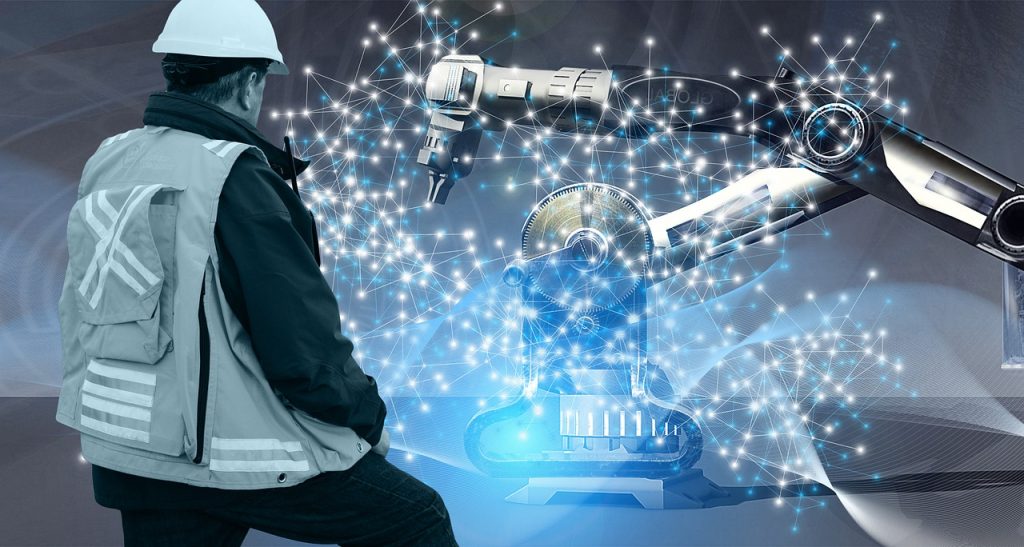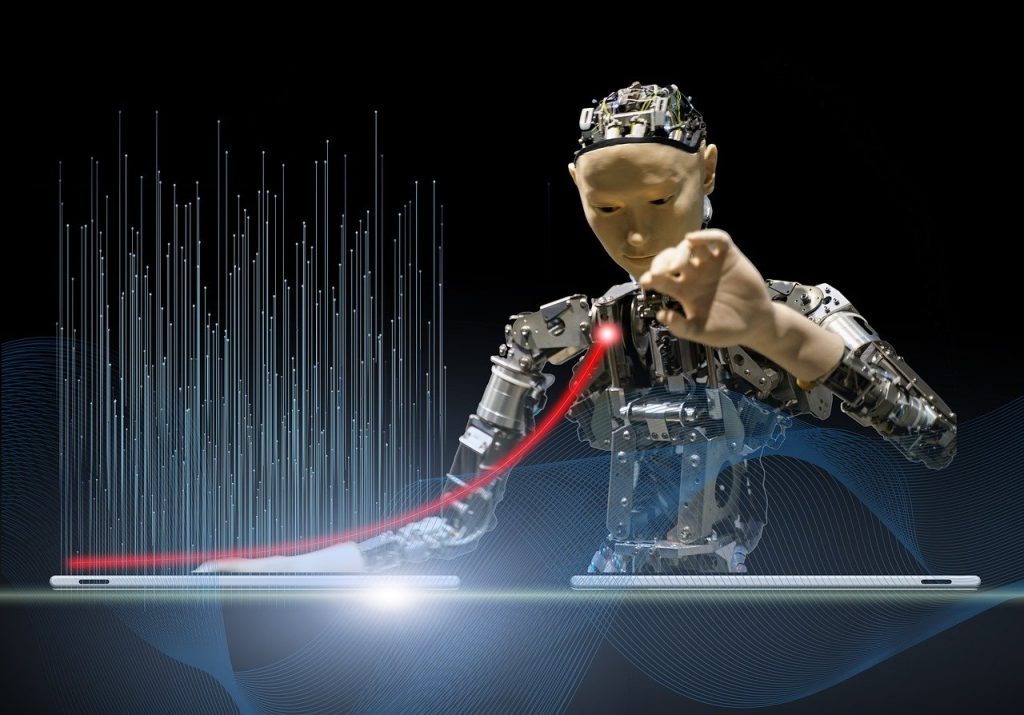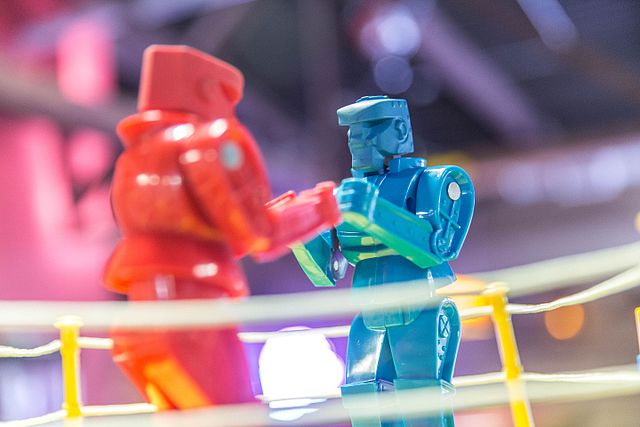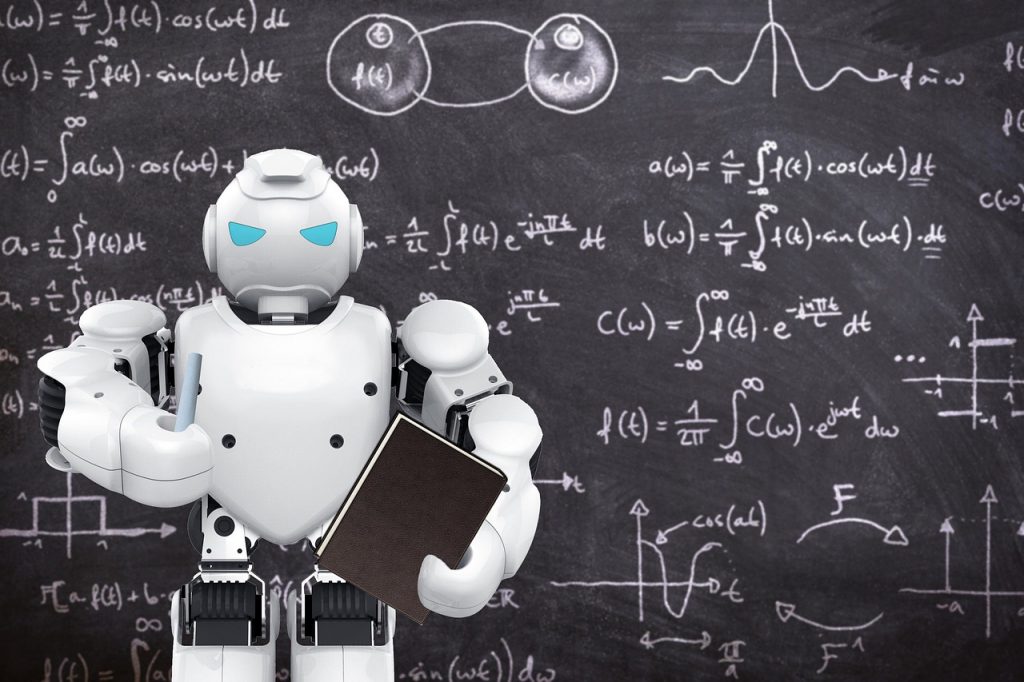
GUEST POST from Geoffrey A. Moore
We human beings like to believe we are special—and we are, but not as special as we might like to think. One manifestation of our need to be exceptional is the way we privilege our experience of consciousness. This has led to a raft of philosophizing which can be organized around David Chalmers’ formulation of “the hard problem.”
In case this is a new phrase for you, here is some context from our friends at Wikipedia:
“… even when we have explained the performance of all the cognitive and behavioral functions in the vicinity of experience—perceptual discrimination, categorization, internal access, verbal report—there may still remain a further unanswered question: Why is the performance of these functions accompanied by experience?”
— David Chalmers, Facing up to the problem of consciousness
The problem of consciousness, Chalmers argues, is two problems: the easy problems and the hard problem. The easy problems may include how sensory systems work, how such data is processed in the brain, how that data influences behavior or verbal reports, the neural basis of thought and emotion, and so on. The hard problem is the problem of why and how those processes are accompanied by experience.3 It may further include the question of why these processes are accompanied by that particular experience rather than another experience.
The key word here is experience. It emerges out of cognitive processes, but it is not completely reducible to them. For anyone who has read much in the field of complexity, this should not come as a surprise. All complex systems share the phenomenon of higher orders of organization emerging out of lower orders, as seen in the frequently used example of how cells, tissues, organs, and organisms all interrelate. Experience is just the next level.
The notion that explaining experience is a hard problem comes from locating it at the wrong level of emergence. Materialists place it too low—they argue it is reducible to physical phenomena, which is simply another way of denying that emergence is a meaningful construct. Shakespeare is reducible to quantum effects? Good luck with that.
Most people’s problems with explaining experience, on the other hand, is that they place it too high. They want to use their own personal experience as a grounding point. The problem is that our personal experience of consciousness is deeply inflected by our immersion in language, but it is clear that experience precedes language acquisition, as we see in our infants as well as our pets. Philosophers call such experiences qualia, and they attribute all sorts of ineluctable and mysterious qualities to them. But there is a much better way to understand what qualia really are—namely, the pre-linguistic mind’s predecessor to ideas. That is, they are representations of reality that confer strategic advantage to the organism that can host and act upon them.
Experience in this context is the ability to detect, attend to, learn from, and respond to signals from our environment, whether they be externally or internally generated. Experiences are what we remember. That is why they are so important to us.
Now, as language-enabled humans, we verbalize these experiences constantly, which is what leads us to locate them higher up in the order of emergence, after language itself has emerged. Of course, we do have experiences with language directly—lots of them. But we need to acknowledge that our identity as experiencers is not dependent upon, indeed precedes our acquisition of, language capability.
With this framework in mind, let’s revisit some of the formulations of the hard problem to see if we can’t nip them in the bud.
- The hard problem of consciousness is the problem of explaining why and how we have qualia or phenomenal experiences. Our explanation is that qualia are mental abstractions of phenomenal experiences that, when remembered and acted upon, confer strategic advantage to organisms under conditions of natural and sexual selection. Prior to the emergence of brains, “remembering and acting upon” is a function of chemical signals activating organisms to alter their behavior and, over time, to privilege tendencies that reinforce survival. Once brain emerges, chemical signaling is supplemented by electrical signaling to the same ends. There is no magic here, only a change of medium.
- Annaka Harris poses the hard problem as the question of “how experience arise[s] out of non-sentient matter.” The answer to this question is, “level by level.” First sentience has to emerge from non-sentience. That happens with the emergence of life at the cellular level. Then sentience has to spread beyond the cell. That happens when chemical signaling enables cellular communication. Then sentience has to speed up to enable mobile life. That happens when electrical signaling enabled by nerves supplements chemical signaling enabled by circulatory systems. Then signaling has to complexify into meta-signaling, the aggregation of signals into qualia, remembered as experiences. Again, no miracles required.
- Others, such as Daniel Dennett and Patricia Churchland believe that the hard problem is really more of a collection of easy problems, and will be solved through further analysis of the brain and behavior. If so, it will be through the lens of emergence, not through the mechanics of reductive materialism.
- Consciousness is an ambiguous term. It can be used to mean self-consciousness, awareness, the state of being awake, and so on. Chalmers uses Thomas Nagel’s definition of consciousness: the feeling of what it is like to be something. Consciousness, in this sense, is synonymous with experience. Now we are in the language-inflected zone where we are going to get consciousness wrong because we are entangling it in levels of emergence that come later. Specifically, to experience anything as like anything else is not possible without the intervention of language. That is, likeness is not a qualia, it is a language-enabled idea. Thus, when Thomas Nagel famously asked, “What is it like to be a bat?” he is posing a question that has meaning only for humans, never for bats.
Going back to the first sentence above, self-consciousness is another concept that has been language-inflected in that only human beings have selves. Selves, in other words, are creations of language. More specifically, our selves are characters embedded in narratives, and use both the narratives and the character profiles to organize our lives. This is a completely language-dependent undertaking and thus not available to pets or infants. Our infants are self-sentient, but it is not until the little darlings learn language, hear stories, then hear stories about themselves, that they become conscious of their own selves as separate and distinct from other selves.
On the other hand, if we use the definitions of consciousness as synonymous with awareness or being awake, then we are exactly at the right level because both those capabilities are the symptoms of, and thus synonymous with, the emergence of consciousness.
- Chalmers argues that experience is more than the sum of its parts. In other words, experience is irreducible. Yes, but let’s not be mysterious here. Experience emerges from the sum of its parts, just like any other layer of reality emergences from its component elements. To say something is irreducible does not mean that it is unexplainable.
- Wolfgang Fasching argues that the hard problem is not about qualia, but about pure what-it-is-like-ness of experience in Nagel’s sense, about the very givenness of any phenomenal contents itself:
Today there is a strong tendency to simply equate consciousness with qualia. Yet there is clearly something not quite right about this. The “itchiness of itches” and the “hurtfulness of pain” are qualities we are conscious of. So, philosophy of mind tends to treat consciousness as if it consisted simply of the contents of consciousness (the phenomenal qualities), while it really is precisely consciousness of contents, the very givenness of whatever is subjectively given. And therefore, the problem of consciousness does not pertain so much to some alleged “mysterious, nonpublic objects”, i.e. objects that seem to be only “visible” to the respective subject, but rather to the nature of “seeing” itself (and in today’s philosophy of mind astonishingly little is said about the latter).
Once again, we are melding consciousness and language together when, to be accurate, we must continue to keep them separate. In this case, the dangerous phrase is “the nature of seeing.” There is nothing mysterious about seeing in the non-metaphorical sense, but that is not how the word is being used here. Instead, “seeing” is standing for “understanding” or “getting” or “grokking” (if you are nerdy enough to know Robert Heinlein’s Stranger in a Strange Land). Now, I think it is reasonable to assert that animals “grok” if by that we mean that they can reliably respond to environmental signals with strategic behaviors. But anything more than that requires the intervention of language, and that ends up locating consciousness per se at the wrong level of emergence.
OK, that’s enough from me. I don’t think I’ve exhausted the topic, so let me close by saying…
That’s what I think, what do you think?
Image Credit: Pixabay
![]() Sign up here to join 17,000+ leaders getting Human-Centered Change & Innovation Weekly delivered to their inbox every week.
Sign up here to join 17,000+ leaders getting Human-Centered Change & Innovation Weekly delivered to their inbox every week.


 Drum roll please…
Drum roll please…



 Old School vs. Old School
Old School vs. Old School All of this inventory has been tagged for individual sale and is there every day, just in case the person who wants that size, color, style, whatever, walks into the store ready to take it home today.
All of this inventory has been tagged for individual sale and is there every day, just in case the person who wants that size, color, style, whatever, walks into the store ready to take it home today. Apple Stores are a hybrid between the two. Accessories are out on the floor boxed for individual sale, while iMac and iBook computers, iPad tablets, and iPod mp3 players are all out of the box and display in droves for customers to try out and hopefully purchase. Then if they do, the box appears from the warehouse in the back.
Apple Stores are a hybrid between the two. Accessories are out on the floor boxed for individual sale, while iMac and iBook computers, iPad tablets, and iPod mp3 players are all out of the box and display in droves for customers to try out and hopefully purchase. Then if they do, the box appears from the warehouse in the back. This has led to the rise of what physical retailers rail against, the concept of showrooming. If you’re not familiar with what showrooming is, it is the pattern of behavior where potential customers come into a physical retail store, explore the product, try it on if necessary, and then leave the store and buy the product online from a competitor like Amazon.
This has led to the rise of what physical retailers rail against, the concept of showrooming. If you’re not familiar with what showrooming is, it is the pattern of behavior where potential customers come into a physical retail store, explore the product, try it on if necessary, and then leave the store and buy the product online from a competitor like Amazon.
